National Tile Museum Lisbon: A Must-See Guide to Portugal’s Azulejo Art
One of Lisbon’s top attractions, the Museu Nacional do Azulejo highlights centuries of Portuguese tile history inside the Madre de Deus Convent.
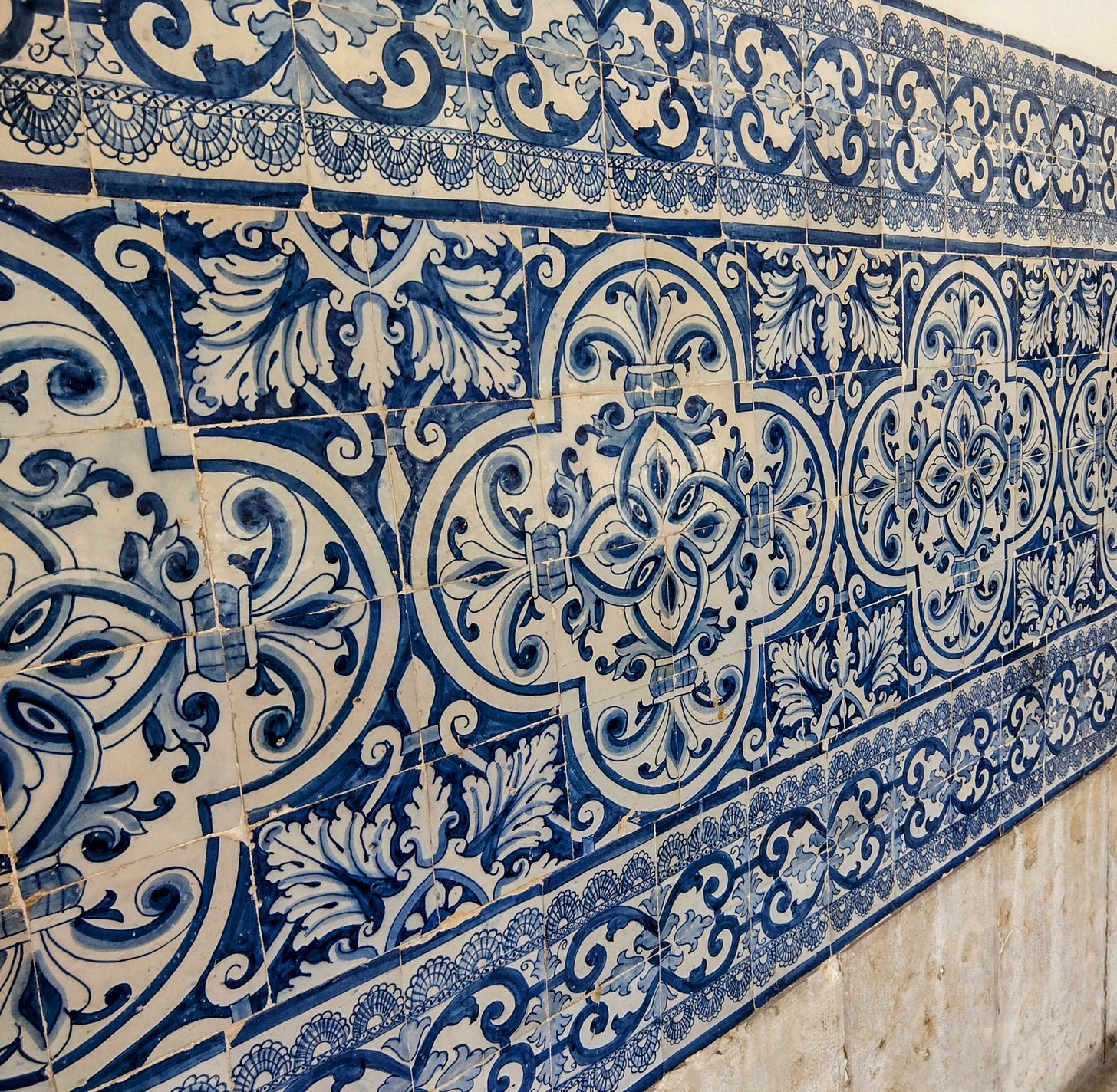
Dear Readers,
One of the things I most enjoy seeing in Portugal are all the colorful tiles. If you wander through almost any Portugal neighborhood you’ll find walls, stairways, fountains, and facades alive with all types of patterns: geometric designs, floral motifs, even entire narrative scenes painted onto glazed ceramic tiles known as azulejos. If you want to learn more about the history of azulejos, read this post by Justine Strand.
To truly understand this art form that has become one of Portugal’s most distinctive cultural symbols, there is one place to go: the National Tile Museum (Museu Nacional do Azulejo). This museum has been on my “to do” list for a while so it was time to visit and see the beautiful tiles on display for myself. I was not disappointed.
Note: There are many photos included in this post, making it a bit longer to read as an email but also available in its entirety on my website.A convent turned into a museum.
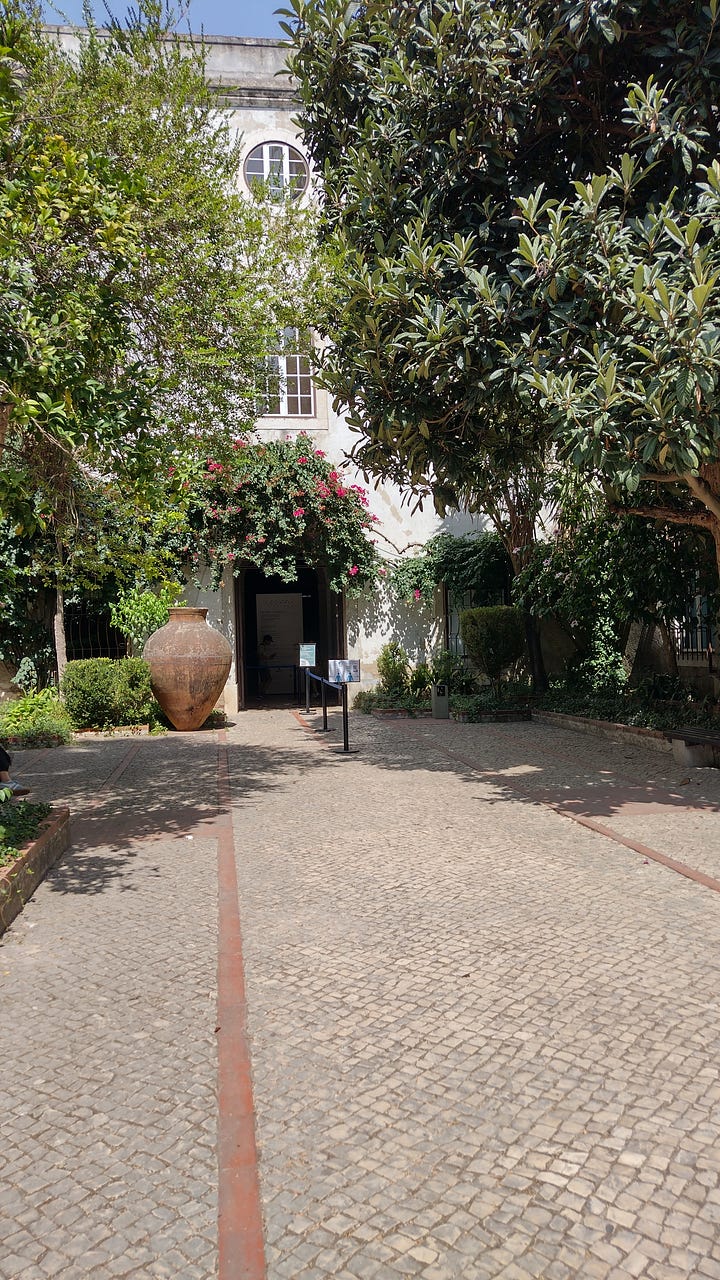
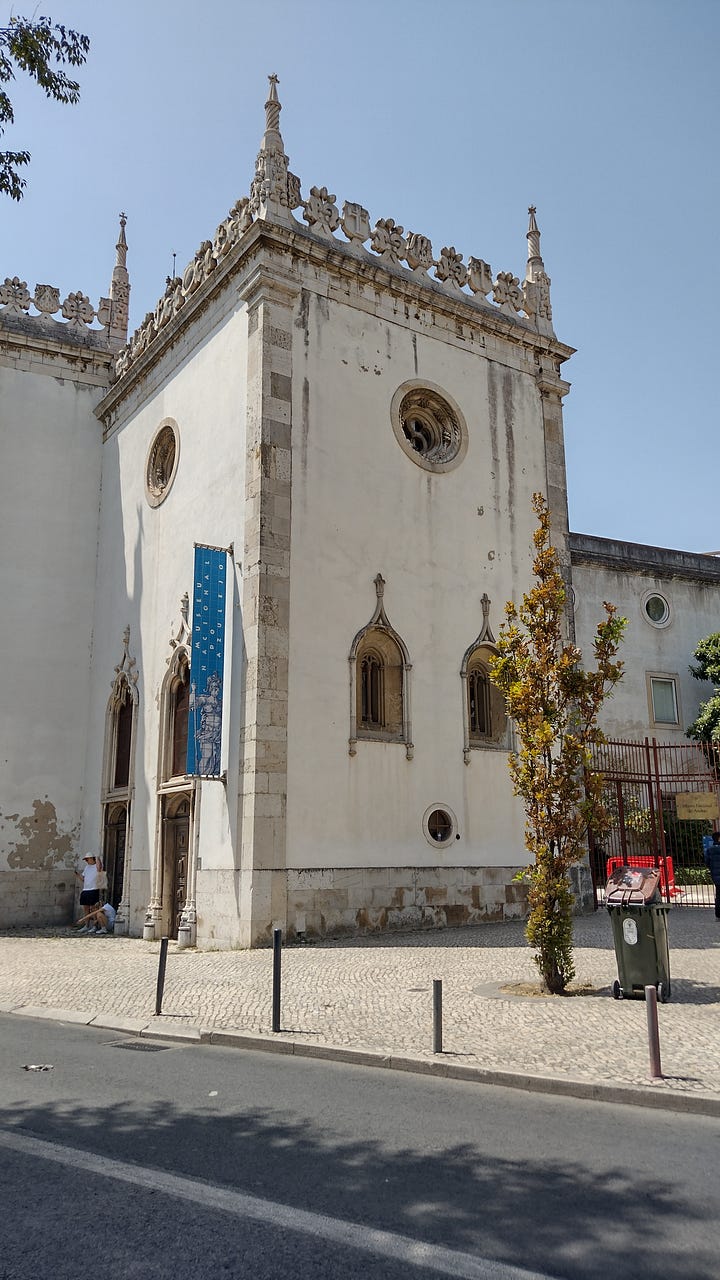
Housed in the former Convent of Madre de Deus, the museum is as much a journey through history as it is an art gallery. The convent was founded in 1509 by Queen D. Leonor, the widowed wife of King João II. Over the centuries, successive monarchs expanded and redecorated it.
The 1755 Lisbon earthquake damaged the convent severely, but restoration campaigns, particularly during the reign of King José, revived it. By the 19th century, the site became the D. Maria Pia asylum. Finally, in 1965, it was reborn as a museum, later gaining national status in 1980. Its purpose is to safeguard and celebrate Portugal’s extraordinary legacy of tilework.
Storytellers from the past.
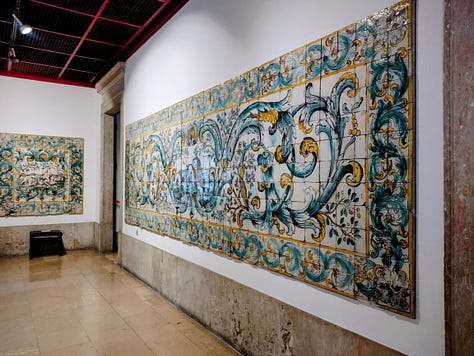
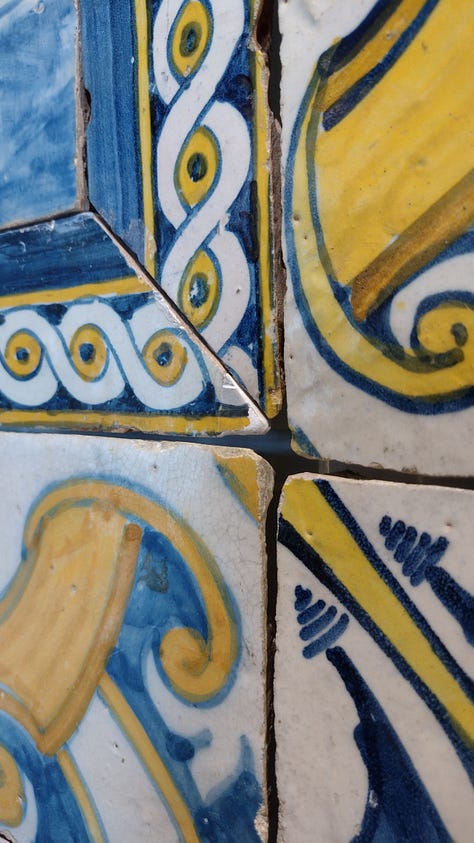
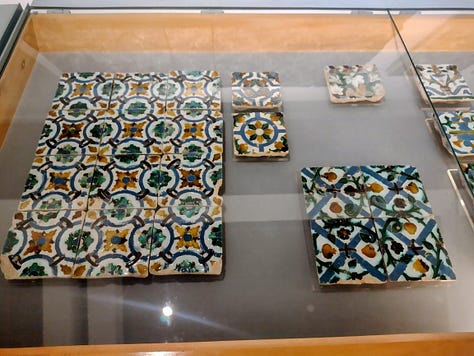
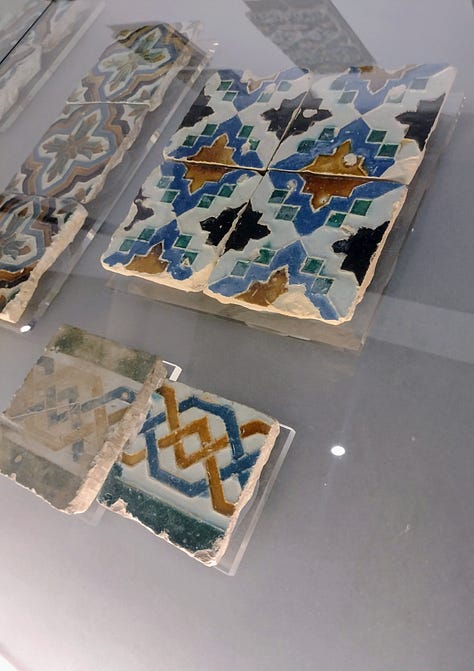
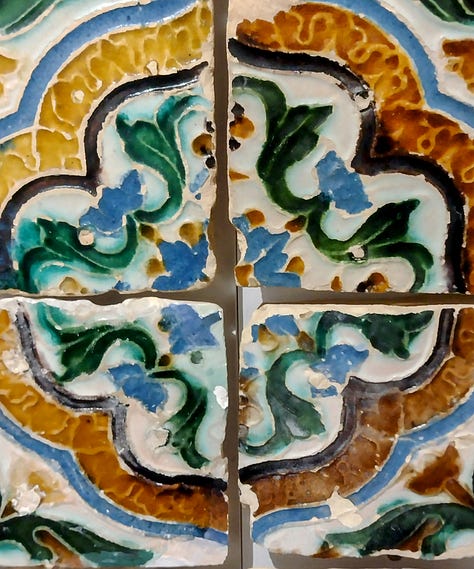

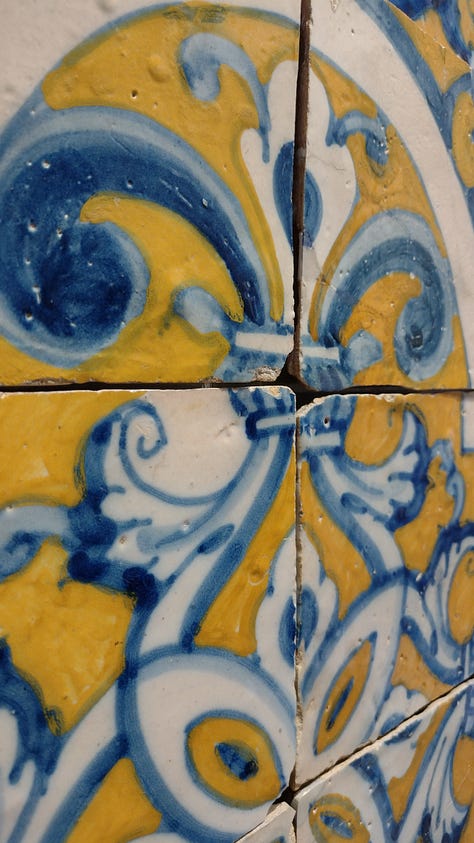
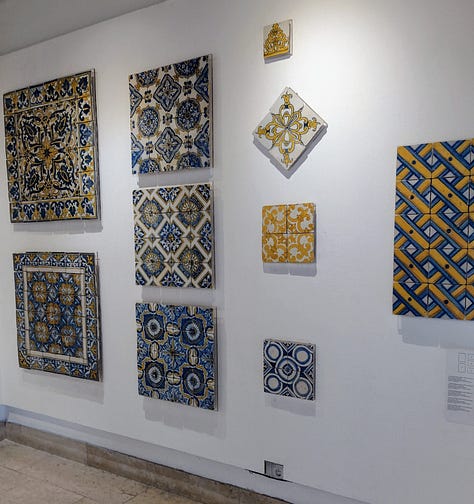
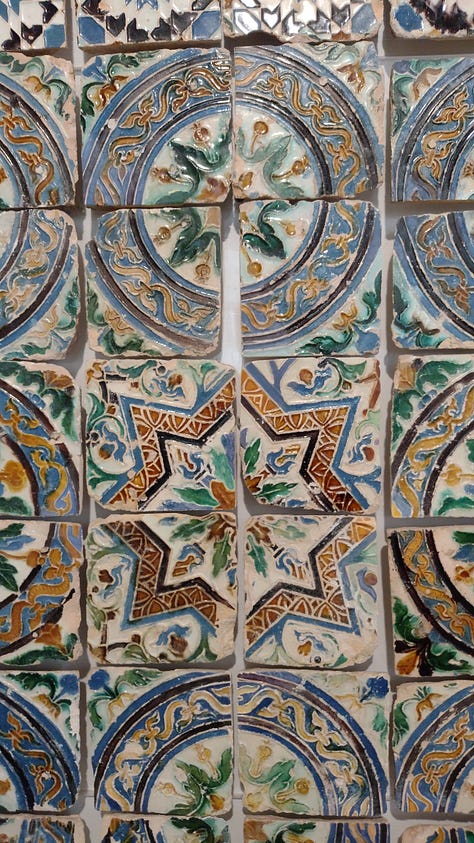
Visiting the museum feels like stepping into a timeline in ceramic. The earliest exhibits date back to the 15th century, when tiles bore simple geometric patterns influenced by Islamic art. As you move forward, the evolution unfolds with Renaissance-inspired designs, Chinese porcelain influence, and finally, the iconic blue-and-white panels of the 17th and 18th centuries. As I walked along, I felt as if the tiles were telling me a story.
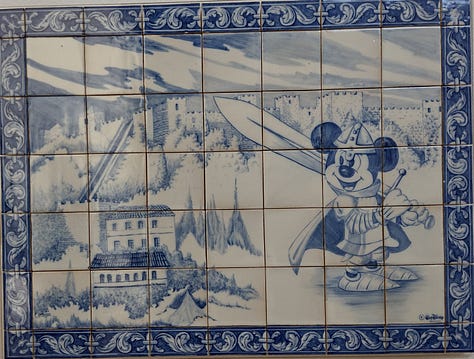
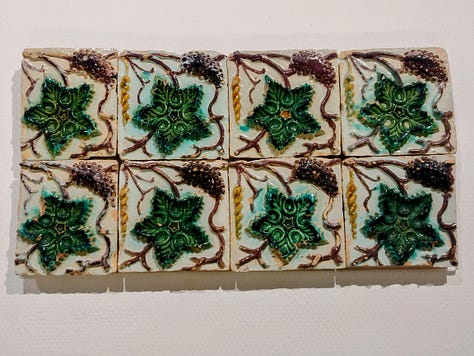
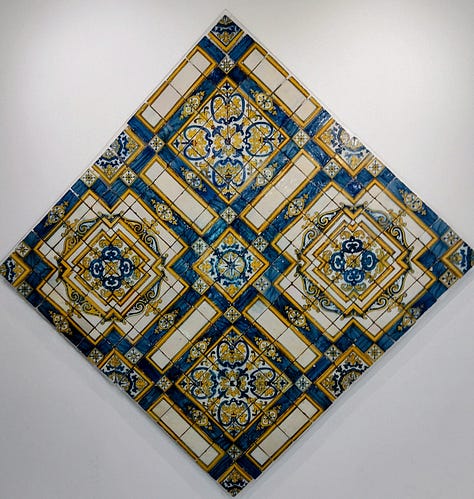




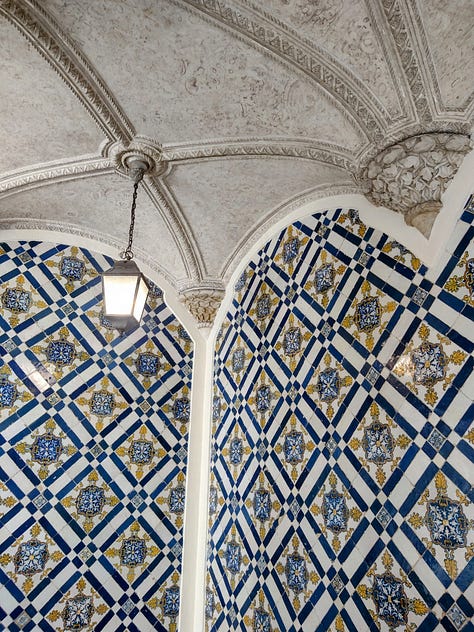
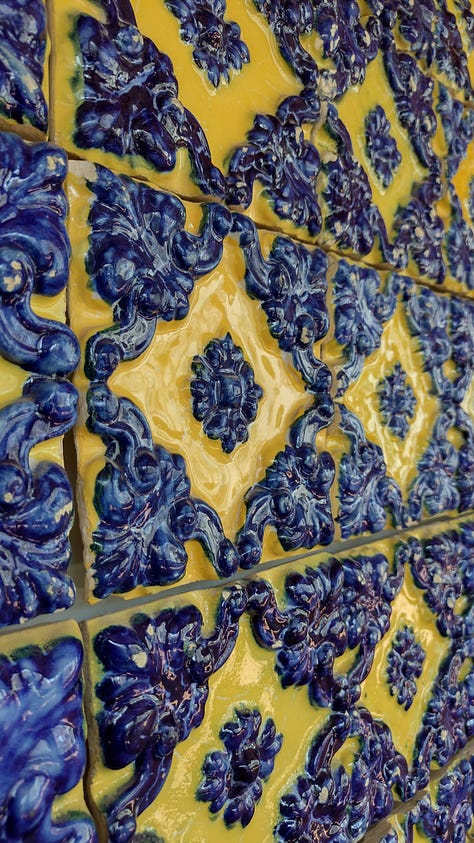
"Azulejos are not just decoration—they are storytellers, preserving Portugal’s past in painted clay." – Carol Wilcox, Our Portugal Journey.
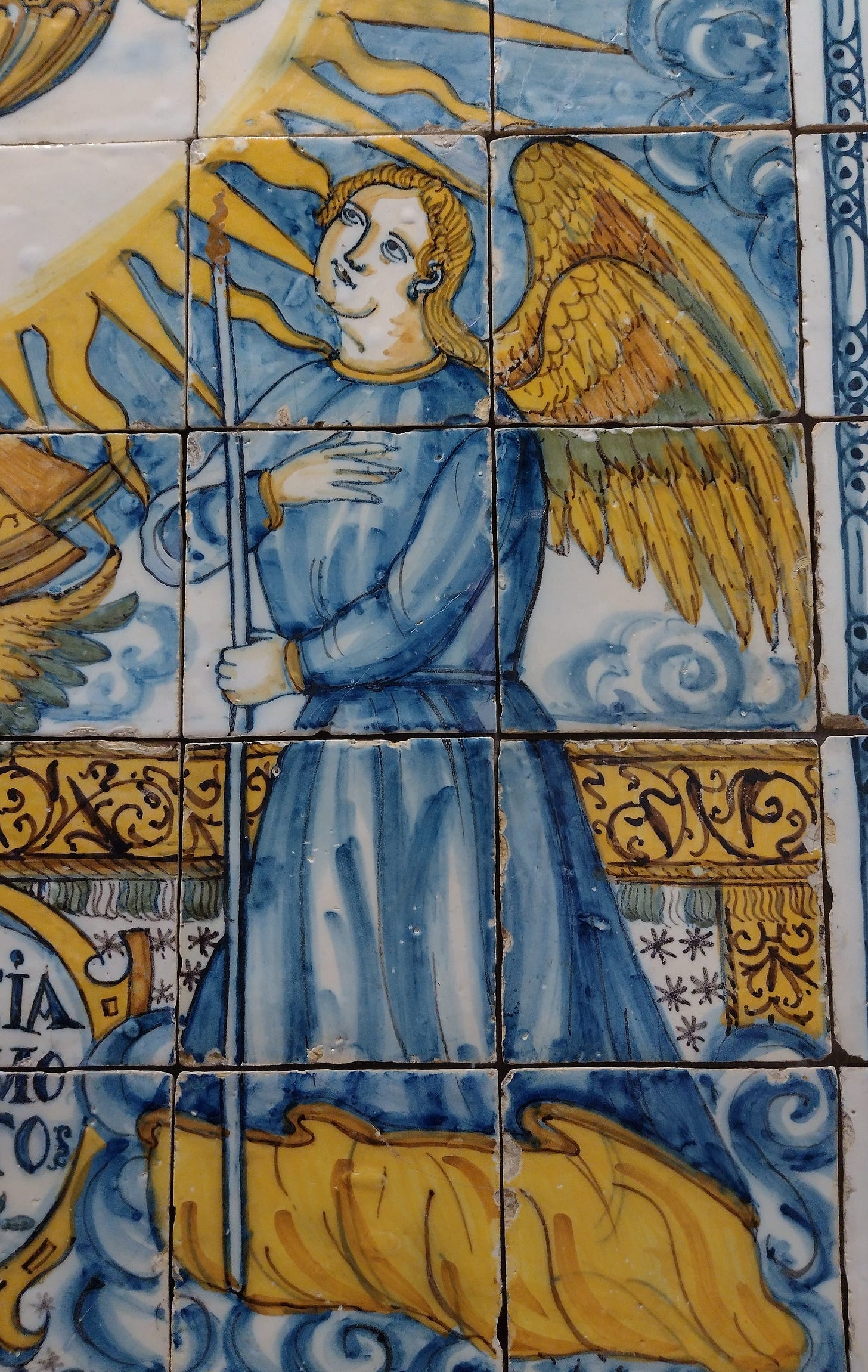
The journey continues into the modern era, with contemporary artists reinterpreting tilework in abstract and innovative forms. The result is a complete picture of azulejo as both heritage and living art.
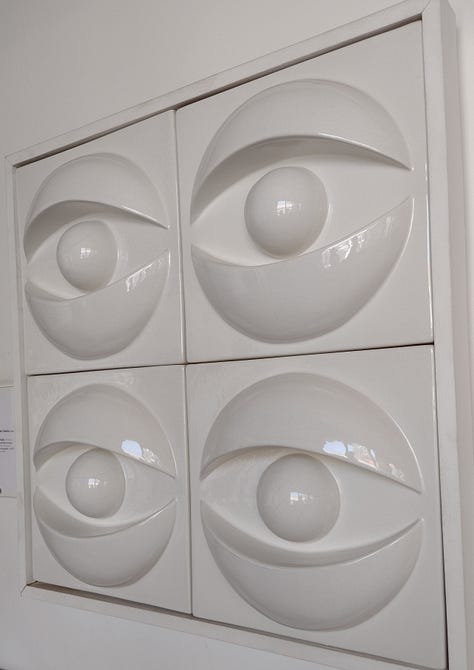
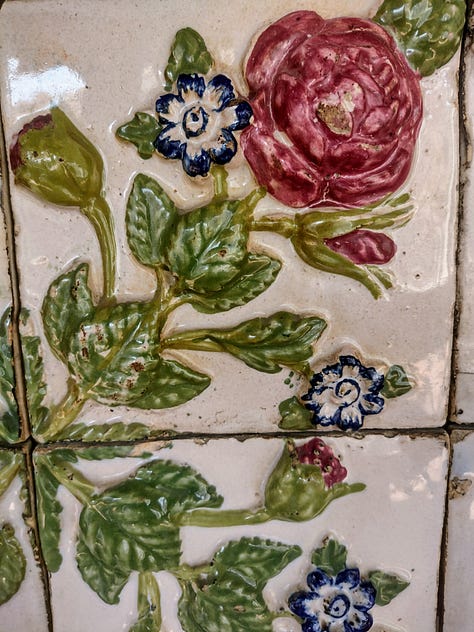
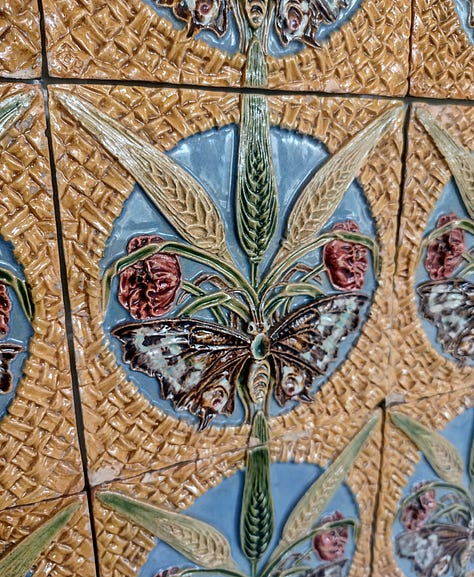

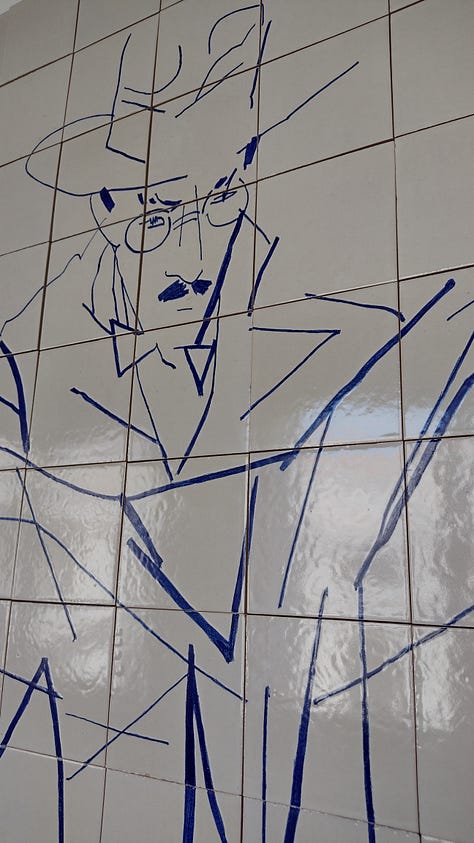
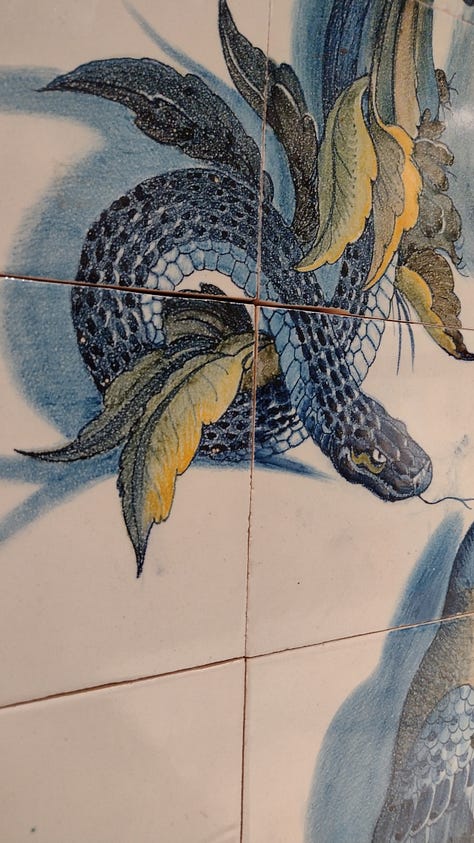
The splendor of the Madre de Deus Church.
Although the gallery is remarkably interesting, perhaps the most breathtaking part of the museum is not the gallery at all, but the Church of Madre de Deus which lies within the convent. Step inside, and you are immersed in Portuguese Baroque grandeur.
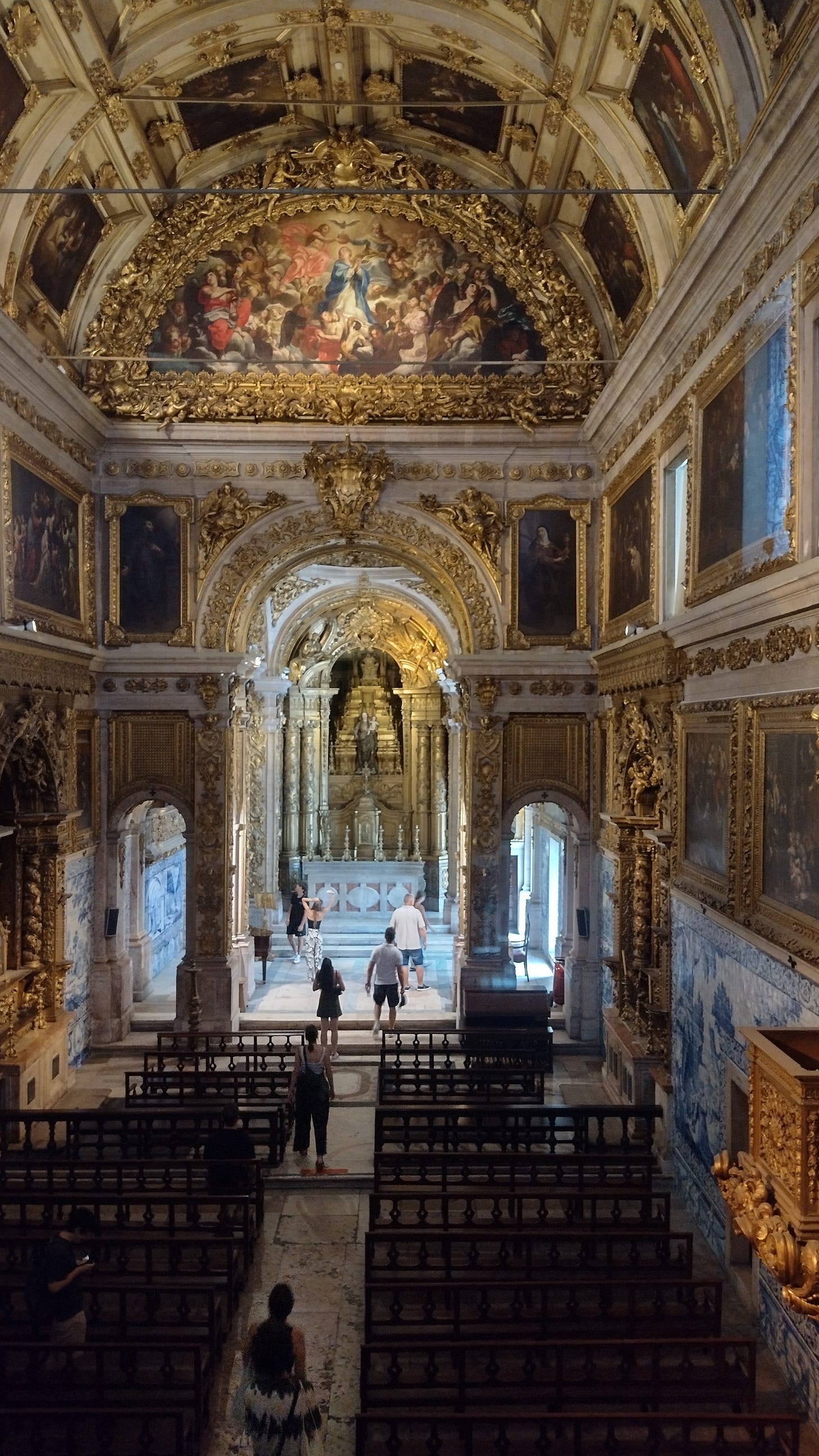
The gilded woodcarvings, elaborate altarpieces, oil paintings by André Gonçalves, and dazzling tile panels cover the church. The richly decorated chapels and barrel-vaulted ceiling create what art historians call a “total work of art,” a blend of architecture, sculpture, painting, and azulejo in harmony.
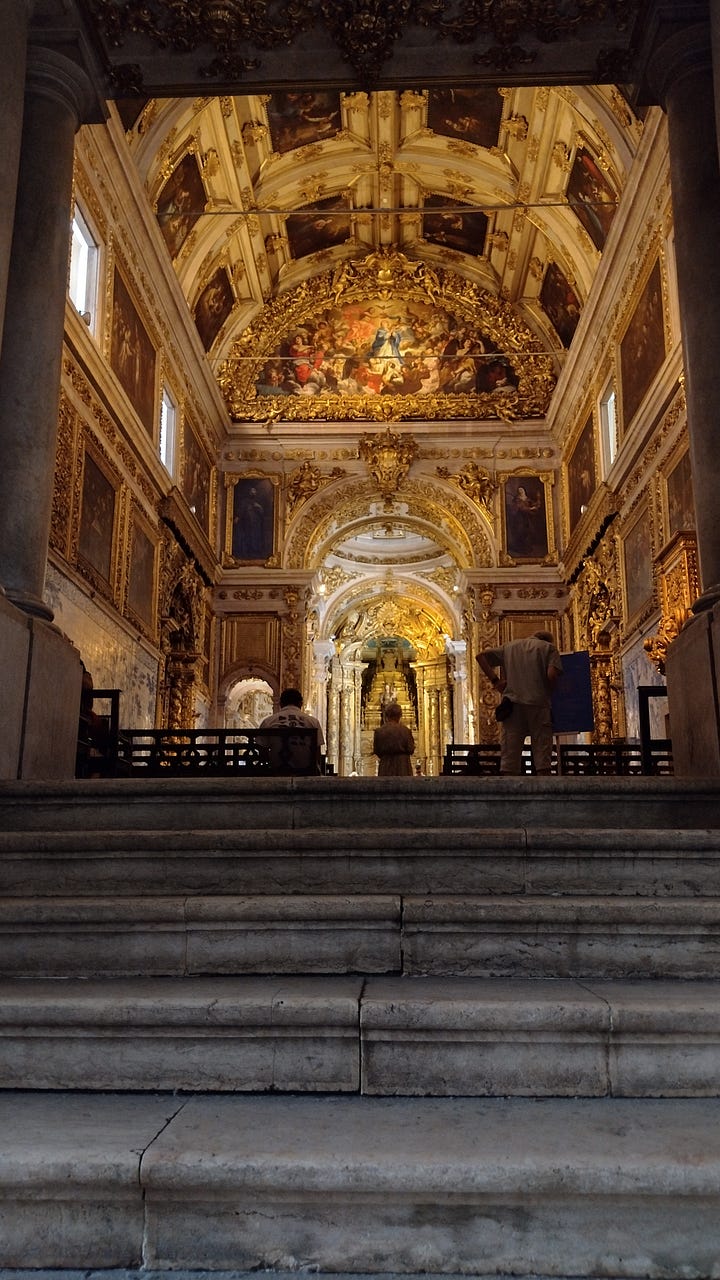
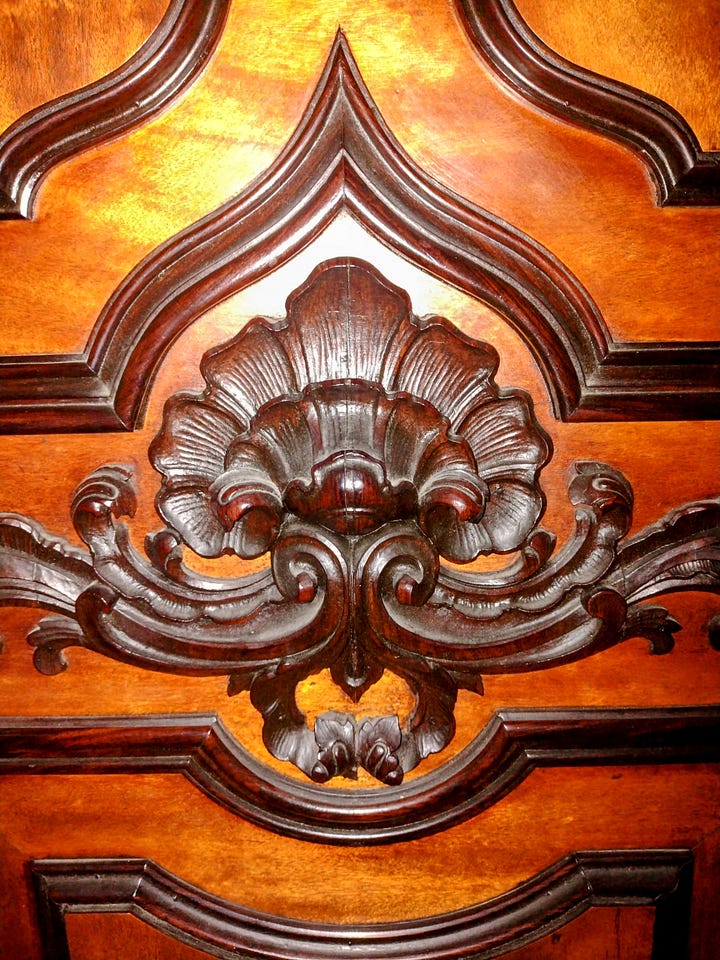

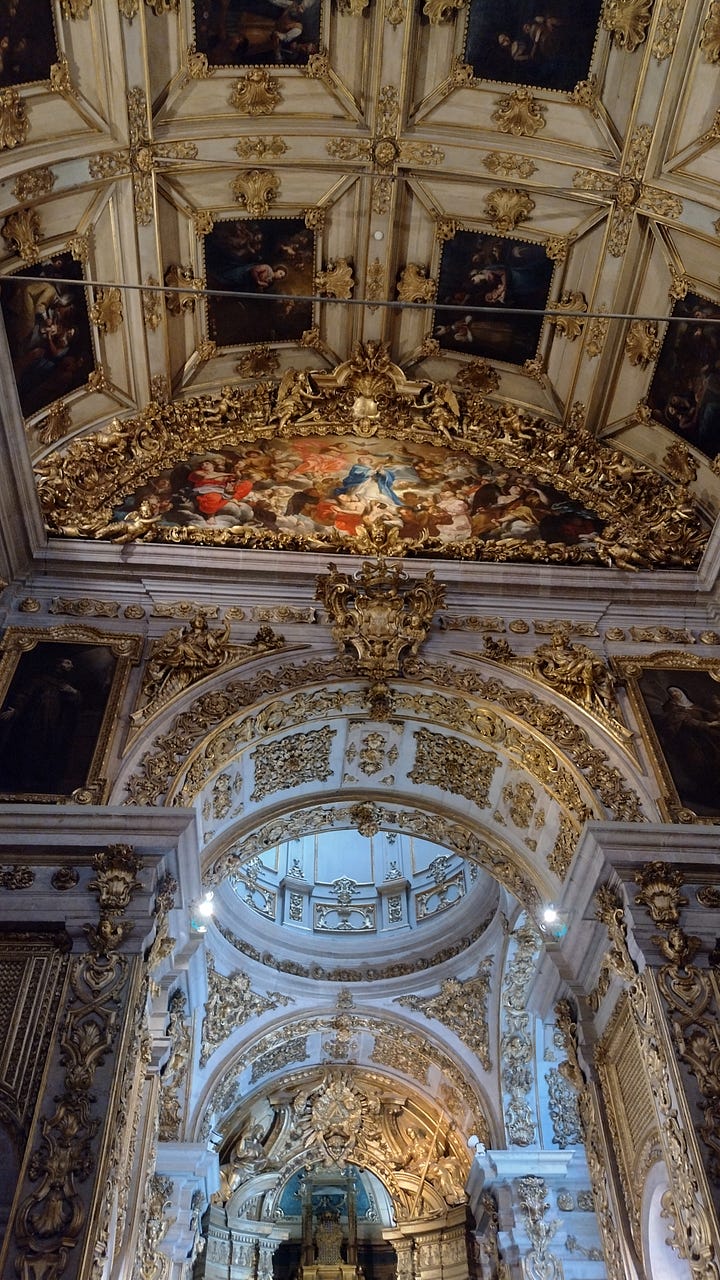
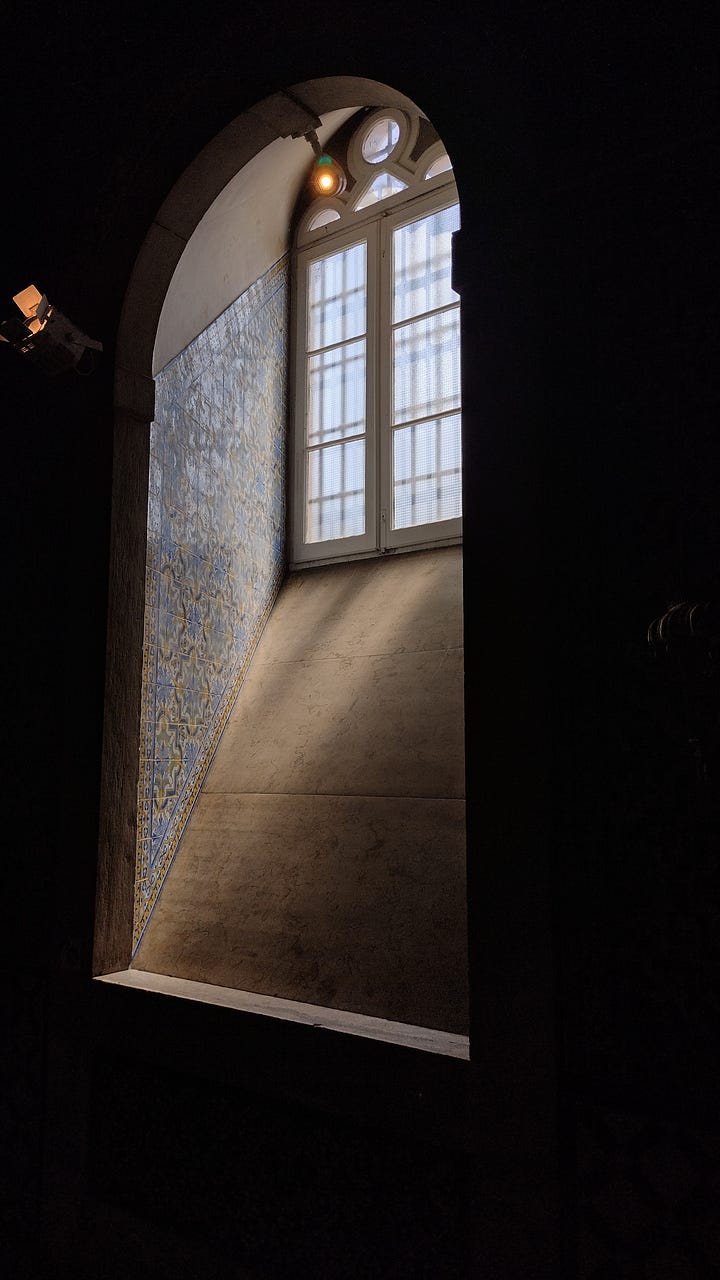
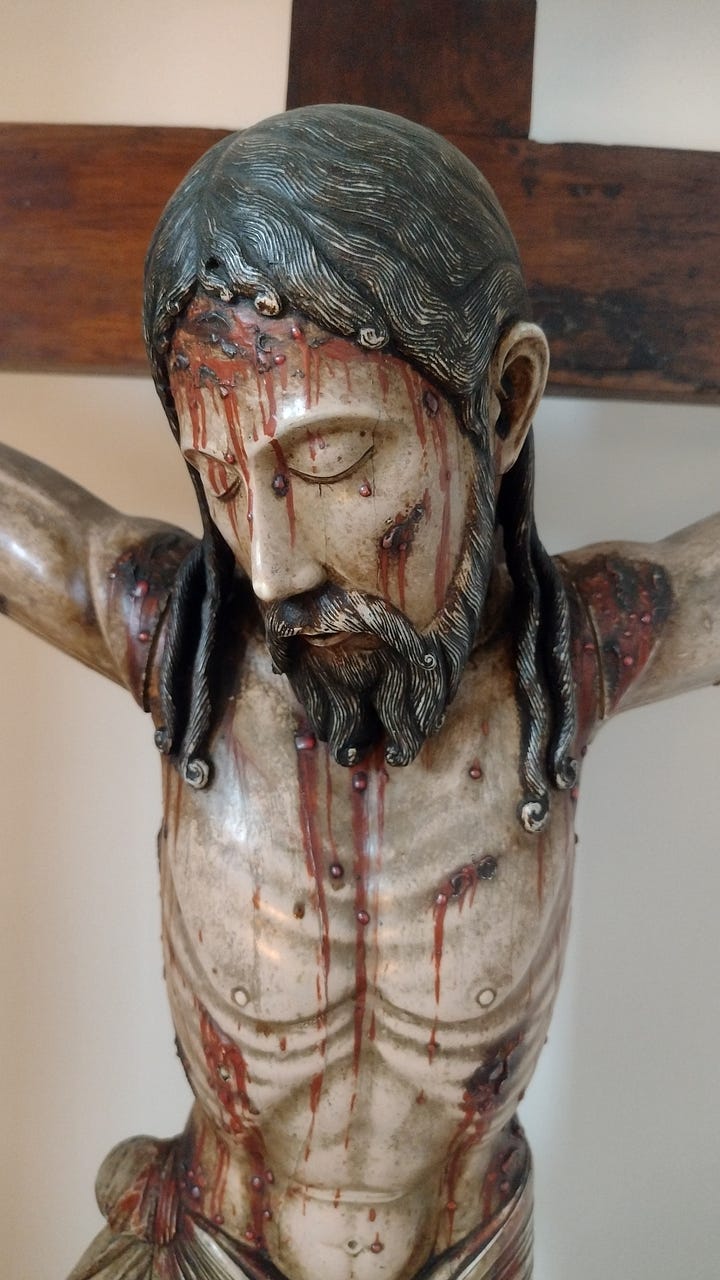
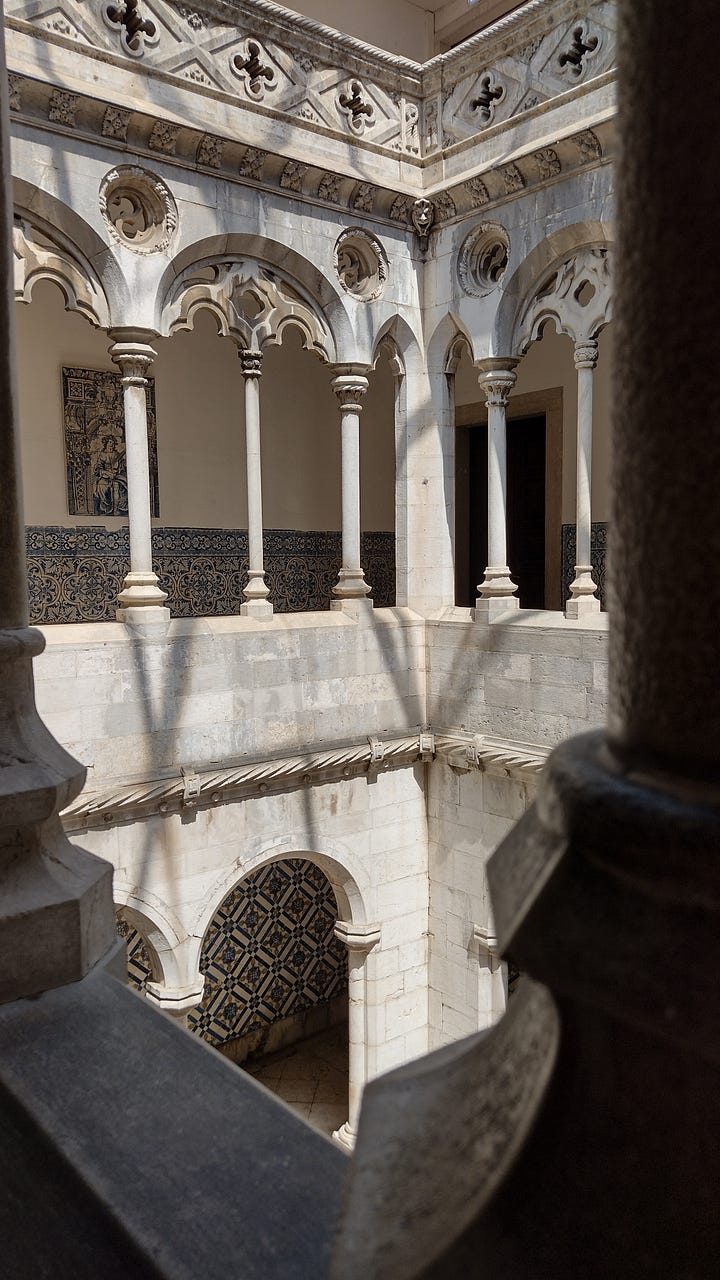

For many visitors, the church alone makes the museum worth the visit.
If you love history, art, or simply want to understand why Portugal shimmers with patterned walls, I highly recommend spending some time at the National Tile Museum.
If you visit:
Museum website including hours and tickets. Note: If you are a Portuguese citizen or resident, simply show your citizen/resident card at the ticket counter and you will be admitted free of charge. There are also several other ticket discounts available.
Self-guided audio tours available.
Location: Rua da Madre de Deus 4, 1900-312 Lisbon.
Amenities: For the most part, the museum is accessible except for the church which requires several stairs to enter. There is an onsite café (cafeteria style) with a cloister terrace, a gift shop with tile-inspired souvenirs, and accessible restroom facilities.
Time allotment: Allow at least 1.5 to 2 hours to explore. Wear comfortable shoes.
Thanks for being on this journey with me!
Thank you for reading Our Portugal Journey. My newsletter is a reader-supported publication. To receive new posts and support my work, consider becoming a free or paid subscriber to help keep this publication independent.
You can also buy me a coffee or a glass of wine, anytime right here.
Coming up Next on Our Portugal Journey…
Saving the Iberian Lynx in Portugal: A Wildlife Recovery Story Available on October 2nd.
Until next time…
Obrigada!
Carol.


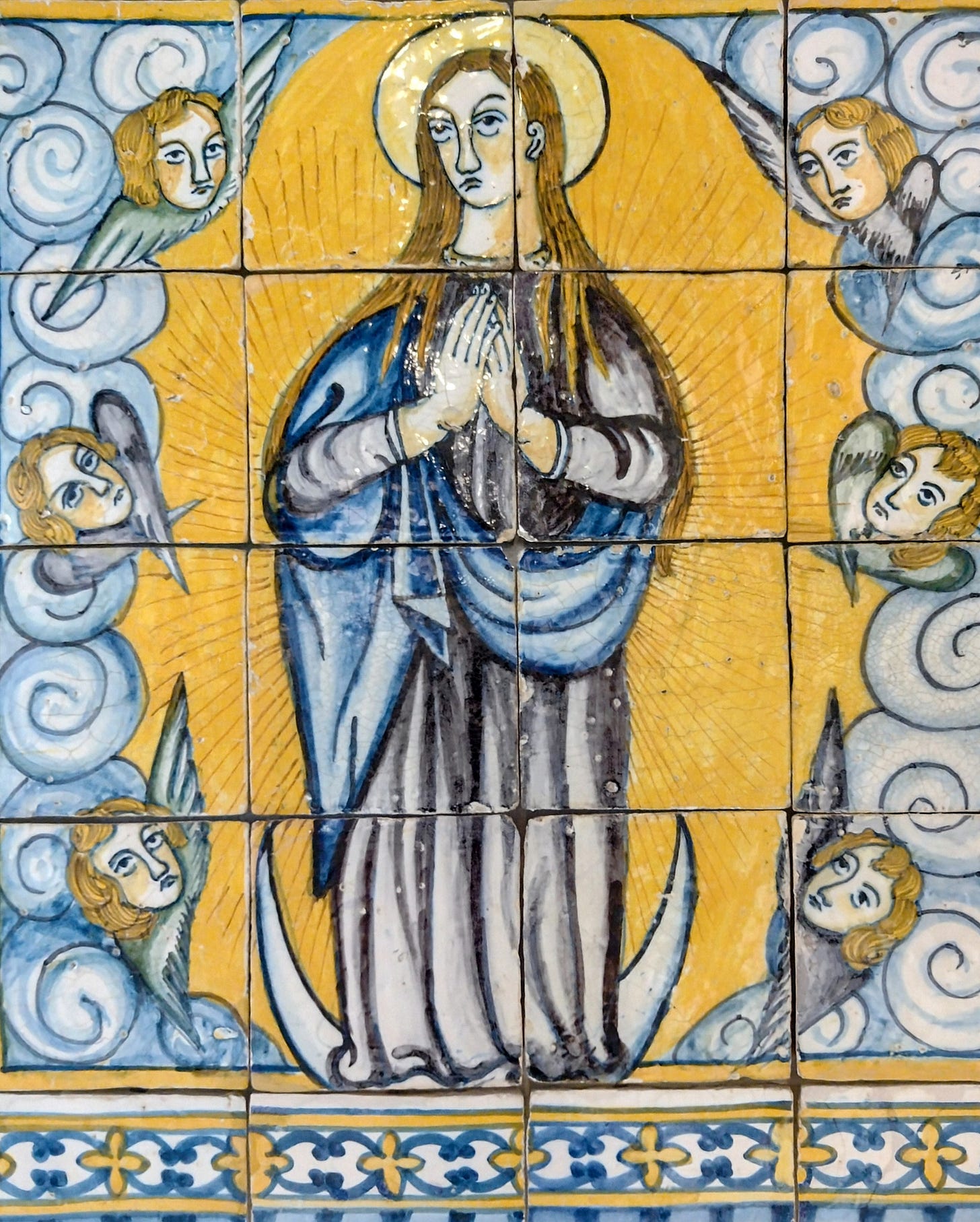
Amazing!! Paul took beautiful pictures to accompany your always informative narrative!🥰
This is a great guide! I’m in Porto right now - I need to get to Lisbon!